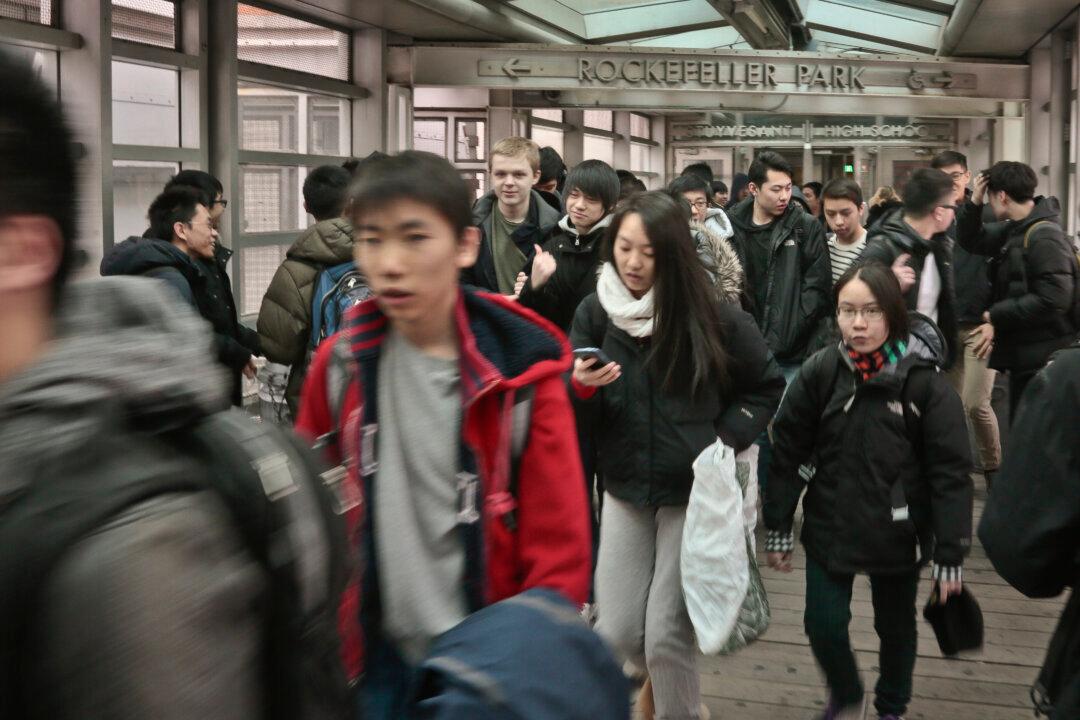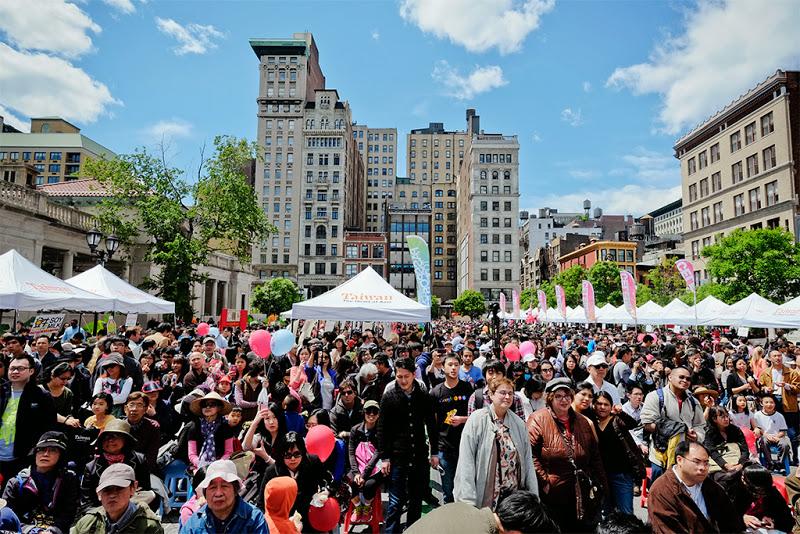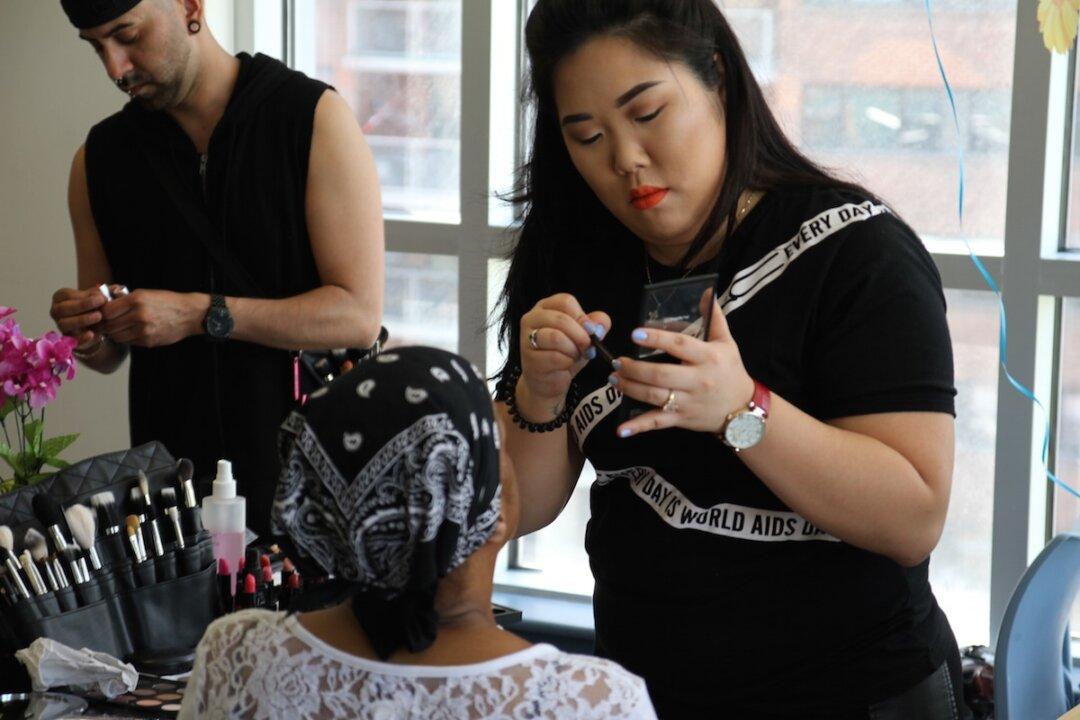The Specialized High School Admissions Test (SHSAT) might soon lose its bite. Council members introduced three bills Wednesday aimed at ending school segregation, including one to reform the specialized admissions process to let in more blacks and Latinos.
The bill comes partly in reaction to a National Association for the Advancement of Colored People (NAACP) civil rights complaint about specialized high schools not letting in enough blacks and Latinos.
Under the bill, schools such as Stuyvesant, Bronx Science, and Brooklyn Tech must use more than just the entrance exam in considering whom to admit.
Grades, attendance, and state tests will all factor into the admissions process. The mayor supports this bill.
The other two bills would require schools to prioritize diversity when considering which students to let in and the Department of Education to submit a yearly progress report on those efforts.
In the past, Specialized High School Admissions Test (SHSAT) advocates, including alumni of the high schools, defended the exam. They said that it was merit-based and a solid standard, whereas the difficulty of earning an A varies from middle school to middle school.
This year, only 7 black and 21 Hispanic students were admitted to Stuyvesant High School, the school requiring the highest exam score in math and English. Seventy-two percent of the student body is Asian.
Council member Inez Barron, the main backer of the specialized high school bill, noted that about 70 percent of New York City students are black and Latino, but only 11 percent of those are in the elite public schools.
“One test on one day is not the best way to gauge a 13-year-old’s ability,” said Michael Mulgrew, president of the United Federation of Teachers, in a press release.
District community leaders in support of the bills also would like to see more non-zoned schools with a percentage of seats reserved for English language learners and students eligible for free or reduced price school lunch.
These measures are meant to alleviate “long-standing, deeply rooted segregation in the New York City school system as a whole,” according to the press release.




